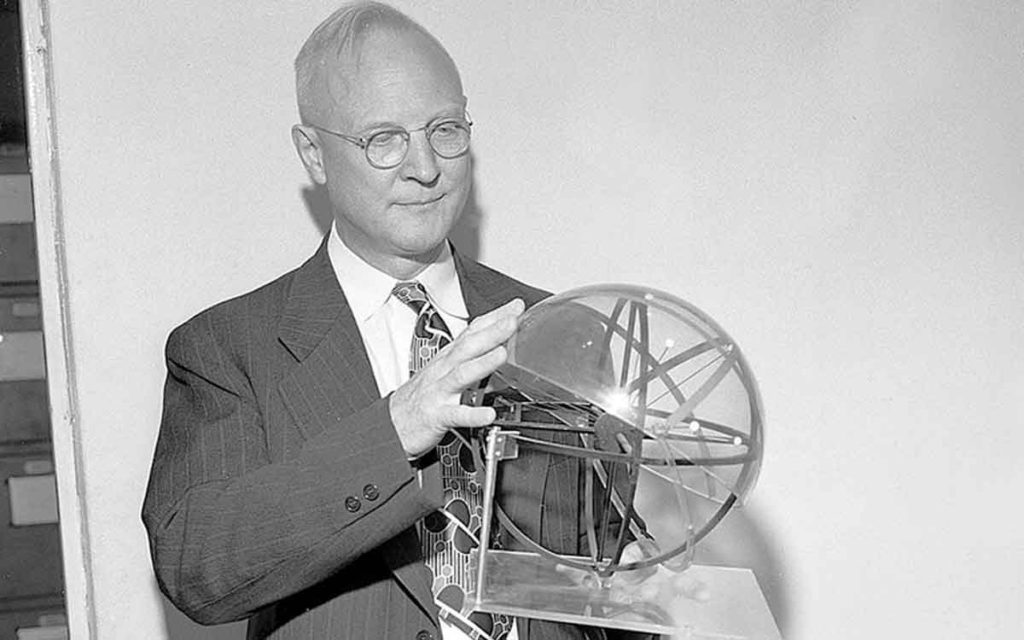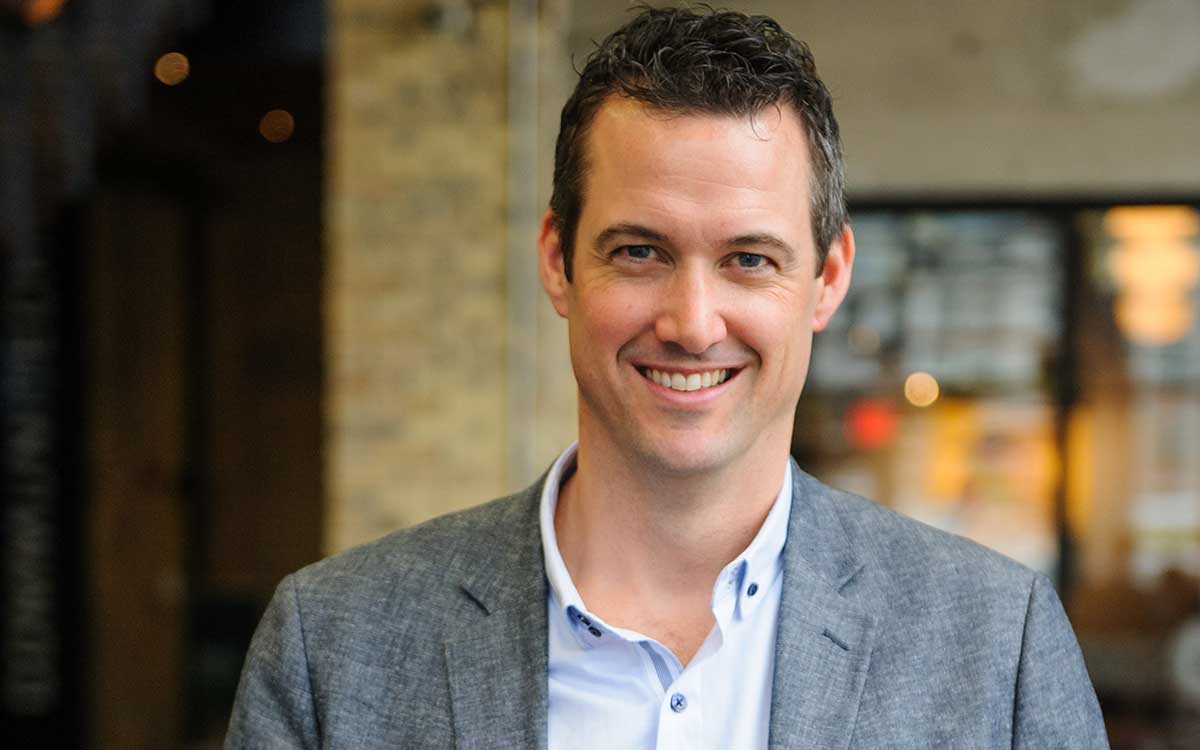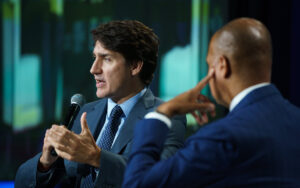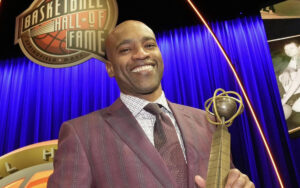
J.P. Guilford was an American psychologist best remembered for his psychometric study of human intelligence, including the distinction between convergent and divergent mindsets.
In the 1960’s J.P. Guilfold published a number of research papers on the concept of Divergent and Convergent thinking. He was able to clearly articulate the differences between convergent thinking and divergent thinking. This can relate to innovation and why existing companies and managers often have a difficult time connecting new innovations to successful business objectives.
A convergent mindset is represented, simply stated, in a person who is able to take a number of options and distill it into one right answer. In many cases, this is a very valuable approach. Do you want an engineer to not be focused on the best answer when she is designing a bridge? Companies want the engineer that can make the best choice, with all the information in front of her, do the math and come up with the right answer.
This mindset is very evident in successful managers. They have made a career of having a number of choices to make every day, and making the right ones more often than making the wrong ones. They are rarely concerned with creativity and empathy. They are concerned with gathering all the facts and making the right decision in a timely manner. Typically more information is better than less information, and the focus is on getting it right. People with a convergent mindset fall in love with facts.
A divergent mindset is somewhat the opposite. People with a divergent mindset fall in love with questions. They believe that there isn’t just one answer and that a conversation that finishes with more questions than it started with is a successful one. These are the type of managers that will want to hold a brainstorming session whenever a problem arises. They love to collaborate and bring people together, but if you need a specific answer quickly, they may not be the best person to ask.
A divergent mindset takes a problem and tries to expand it into as many possibilities as possible. How many different ways can we look at a problem? Find creative ways to expand the number of answers so that new questions can be found. All of these strategies are meant to find unique and exciting answers that a convergent mindset person would never find. Non-linear thinkers often have a divergent mindset. But, if you want someone to make a quick, decisive decision, this mindset is not what you want to focus on.
It’s not a question of one versus the other but a need for both. You need to walk AND chew gum at the same time. Work is hard these days because everything is moving faster and companies, and people, need to respond quickly.
In innovation roles, most people would assume that a divergent mindset is the best. And at the beginning of the process, it probably is. But if the team, or the leader, doesn’t have the ability to make a decision, then it becomes difficult to make progress. Activity vs progress. We need to do both. In an earlier article about brainstorming, I wrote about using divergent, then convergent, thinking to drive progress in brainstorming sessions. The same principles can be applied to all decisions, not just brainstorming. We need to ask a lot of questions at the beginning to ensure we are seeing all points of view and searching for the hidden opportunities, but we must know when we have enough information and must move on and make a decision. Once that decision has been made (convergent thinking), we can then divert out and ask more questions to get a deeper understanding, etc.
When it comes to decisions, there are two types of decisions to be made (generally), and there is a process around each one. For decisions that are difficult and expensive to reverse, and have lasting impacts on the company, convergent thinking is often best. Gather as much information as you can, be diligent with your research, then make a decision and stick with it. A convergent thinker is often well equipped with the mindset to make these important decisions. But, not all decisions are irreversible and difficult to make. Sometimes speed is very important and it’s better to move first, than to be right. You can always change that decision, but if you don’t make the decision in the first place, you can’t adjust course as you get feedback from your customers. Divergent mindsets are perfectly suited for this role.
As it turns out, innovation roles and teams need both. They need the convergent mindset to make some ‘big bets’, but then use divergent mindsets to be creative about how to maximize the impact of these bets. Divergent mindset will also help to understand which big bets to make, often related to customer insights and empathy.
In the end, innovation teams need to have the ability to be both divergent and convergent thinkers. What’s most important is the leader of the innovation team understands these roles and builds their team to be able to do both successfully.

Craig Haney holds a Masters degree from University of Waterloo in Entrepreneurship and has been leading the charge for corporate innovation in Canada for almost 10 years. His work with Canadian Tire Innovations helped launch the corporate innovation program at Communitech. Currently Craig is the Vice President of Europro, a large real estate developer in Ontario.




















